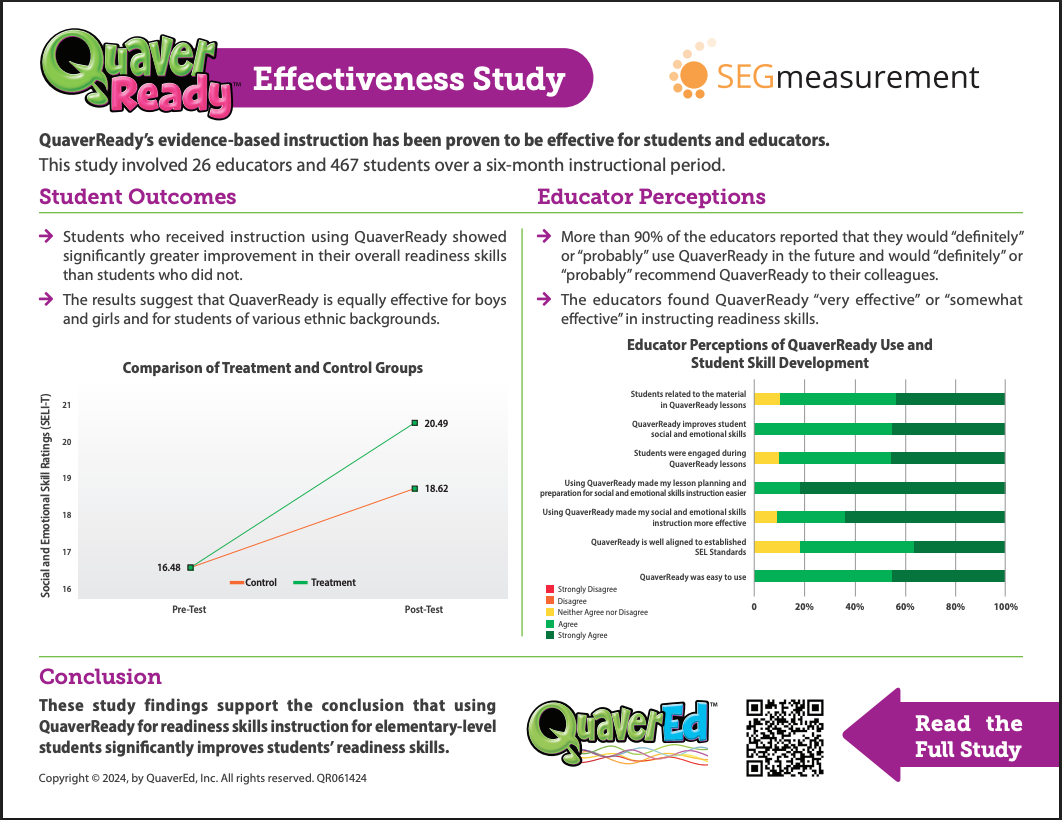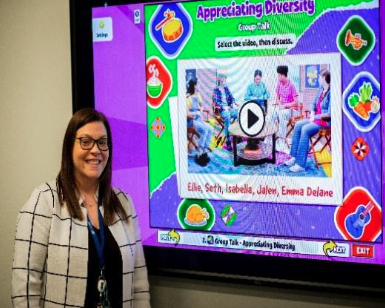QuaverMusic Teacher Tina Mason, a music teacher at W.T. Moore Elementary in Tallahassee, FL, kept music moving at home during the COVID-19 pandemic using Quaver resources. Read the story below.
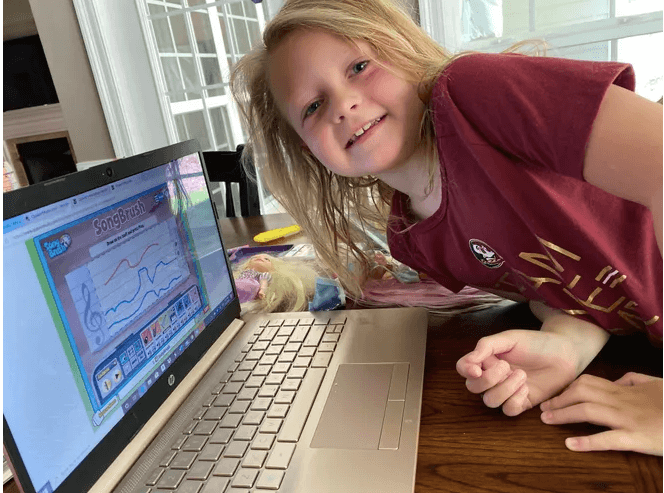
First grader Piper Smith enjoyed using Quaver at home and said, “music kept me interested” during the quarantine. Special To The Democrat
Depending on atmospheric conditions, sound waves travel through air at around 767 miles per hour. That’s approximately how fast teachers moved as they adjusted to new conditions created by the pandemic.
In a flurry of activity, educators hurriedly developed new lessons for distance learning. Tina Mason moved at the speed of sound to create meaningful and engaging activities that addressed two subject areas at once.
As the music teacher at W.T. Moore Elementary, Mason knows a lot about acoustics, the scientific study of sound waves. During the last few weeks of school, she merged music and science to help students study these invisible, longitudinal waves.
Mason created an online “Sound and Science Fun” lesson for students in kindergarten through fifth grade. She researched age appropriate online content and offered those digital resources as a supplement to the district-wide Quaver music curriculum. Quaver is a virtual platform that allows students to explore a mind-boggling array of musical concepts, games, and more. It’s free for them to use at home so it was perfectly suited for quarantine.
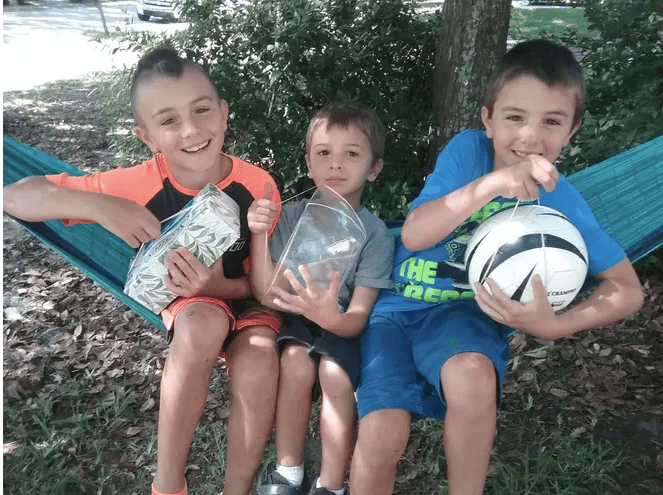
The Volpe brothers show off their homemade musical instruments. Special To The Democrat.
Mason’s lesson included a sound guessing game as well as videos that explained sound waves, vibrations, and ear anatomy. She challenged students to explore cymatics by conducting sound experiments that made sound vibrations visible.
Students watched what happened to rice grains that were placed on a baking pan and held near speakers while music played. They learned these sound vibrations manipulated the grains of rice and, the higher the sound wave frequency, the more the rice moved.
The students then applied their new knowledge of acoustics to the creation of their own musical instruments. Using common items like empty cans and cardboard boxes, they built simple, creative, and effective music makers.
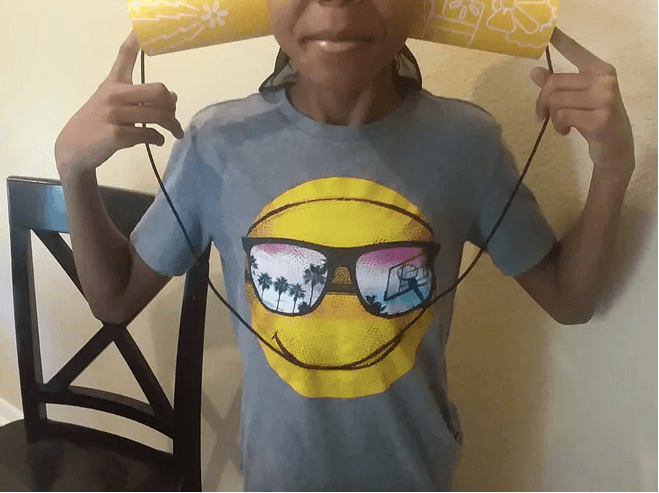
Jaden Moore enjoyed using household items to create sounds. Special To The Democrat.
“I enjoyed learning that I can use everyday household items to make music and create sounds,: Fourth grader Jaden Moore said. “My favorite thing was learning that I could make a phone using drinking cups and a shoestring. I was surprised it actually worked.”
Fourth grader Canaan Volpe also had fun making a phone from cups while his second-grade brothers Michael and Nicolas Volpe experimented with the music making properties of rubber bands. Kindergartener Chloe Anderson opted for a minimalist approach and said, “we made music using glasses of water and I would sing and made different sounds with my voice.”
When reflecting on their experience, the Toops brothers felt their exploration of music helped them get through the quarantine. Fourth grader Asher Toops said, “I loved composing music on Quaver. It inspired me to compose music on Scratch and Roblox too.” Second-grader Austin Toops recognized that “music was important when we were learning from home because it gave us a soundtrack for the day.”
This kind of feedback has helped Mason cope with the necessary distancing from her students. Though she said she “missed seeing the joy and excitement in their faces as they experienced the music and worked to learn something new,” it was great to hear from them and watch their self-directed progress.
Receiving emails and messages from students and parents who shared photos and videos of students making music was a bright spot for Mason. “I remember the happiness I felt when I received the first pictures because I knew some of the families were including music in their daily lives.” She added that’s “one of the joys of making music, working together to create something beautiful and amazing.”
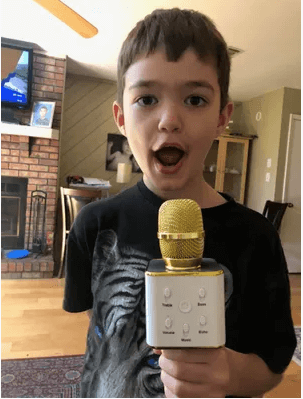
Austin Toops found his groove while learning from home. Special To The Democrat.
Article originally published by the Tallahassee Democrat on July 14th 2020.

